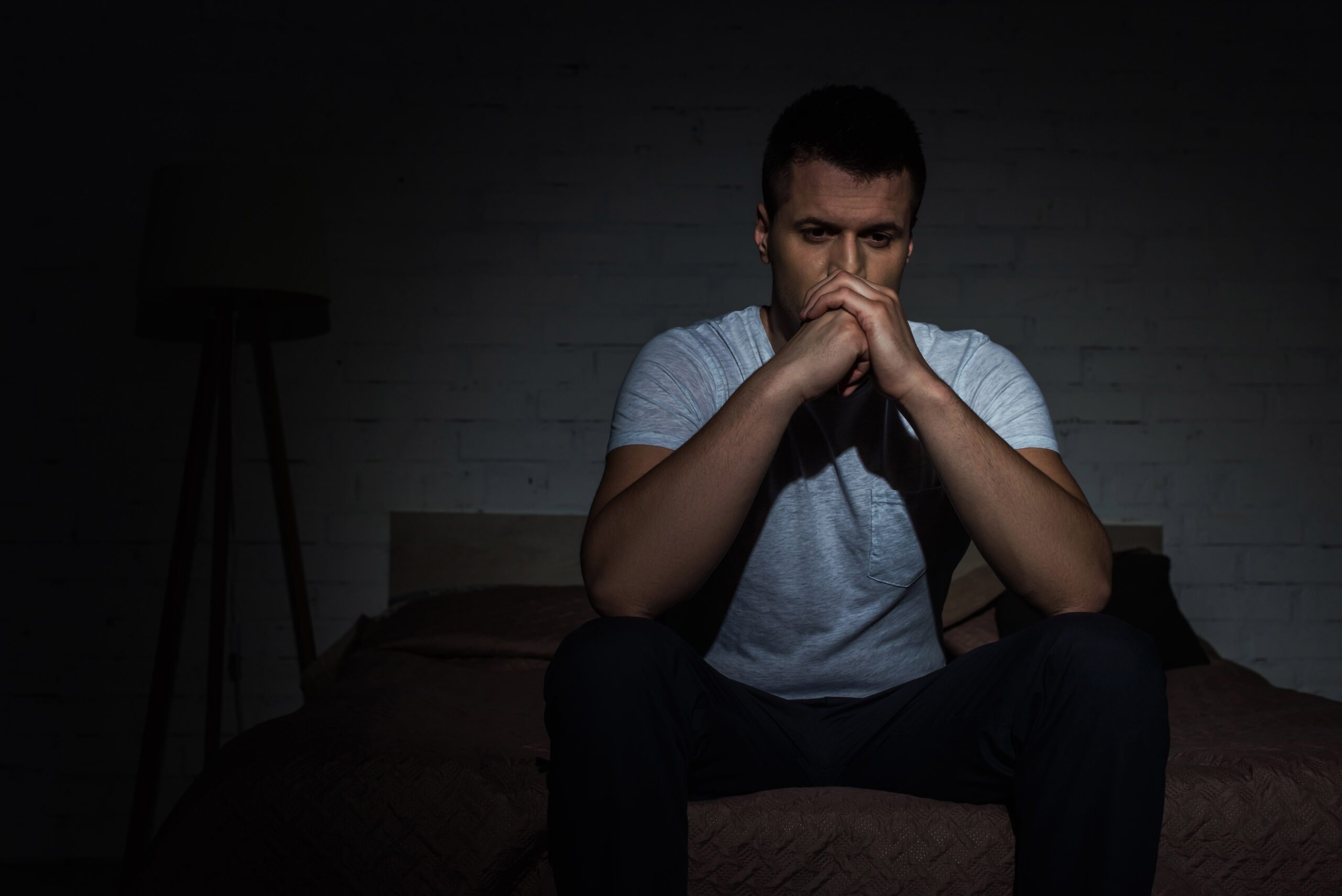Anxiety and Post-Traumatic Stress Disorder (PTSD) are mental health conditions that can deeply affect daily life, relationships, and overall well-being. Often, these disorders overlap, with anxiety being a prominent feature of PTSD. Understanding their connection is crucial for developing effective treatment strategies and fostering recovery.
This article explores the relationship between anxiety and PTSD, their shared symptoms, underlying mechanisms, and treatment options, offering a roadmap to recovery.
What is PTSD?
Post-Traumatic Stress Disorder is a condition that develops in response to experiencing or witnessing a traumatic event. Traumatic experiences may include combat, sexual assault, natural disasters, or serious accidents. Symptoms of PTSD often fall into four categories:
- Intrusive memories: Flashbacks, nightmares, and distressing thoughts.
- Avoidance behaviors: Steering clear of people, places, or activities that remind the individual of the trauma.
- Negative mood and cognition changes: Persistent guilt, detachment, or distorted blame.
- Heightened arousal and reactivity: Hypervigilance, irritability, and difficulty sleeping.
The National Institute of Mental Health (NIMH) estimates that 6% of adults in the U.S. will experience PTSD at some point (NIMH – PTSD).
How Anxiety Manifests in PTSD
Anxiety plays a significant role in PTSD, with many symptoms overlapping those seen in generalized anxiety disorder (GAD), panic disorder, or social anxiety. These include:
- Hypervigilance: Constantly scanning the environment for potential threats.
- Physical symptoms: Racing heart, sweating, and shortness of breath.
- Sleep disturbances: Insomnia or frequent nightmares.
- Excessive worry: Fearing danger even in safe situations.
For individuals with PTSD, anxiety can become a chronic response, keeping their nervous system in a perpetual state of alert. This state not only impacts mental health but also increases the risk of cardiovascular issues, as studies from the National Institutes of Health (NIH) have shown.
The Vicious Cycle of PTSD and Anxiety
Anxiety can exacerbate PTSD symptoms, and untreated PTSD can worsen anxiety. For example:
- A traumatic memory may trigger a panic attack.
- The panic attack reinforces the fear of the memory, causing avoidance.
- Avoidance prevents emotional processing, leading to increased anxiety over time.
This cycle often leaves individuals feeling trapped and unable to move forward.
Shared Risk Factors
PTSD and anxiety share similar risk factors, including:
- Genetics: Family history of anxiety disorders or PTSD can increase susceptibility.
- Trauma history: Childhood trauma or repeated exposure to traumatic events raises the likelihood of both conditions.
- Brain chemistry: Dysregulation of neurotransmitters like serotonin and norepinephrine plays a role in both disorders.
Research suggests that the amygdala, a brain region associated with fear processing, is overactive in individuals with PTSD and anxiety, contributing to heightened emotional responses.
Effective Treatments for PTSD and Anxiety
Fortunately, treatments for PTSD often target anxiety symptoms simultaneously, offering comprehensive relief.
- Cognitive Behavioral Therapy (CBT)
CBT focuses on identifying and challenging negative thought patterns that contribute to anxiety and PTSD symptoms. A specific form of CBT, Prolonged Exposure Therapy, helps individuals safely confront traumatic memories to reduce their impact.
- Eye Movement Desensitization and Reprocessing (EMDR)
This innovative therapy helps reprocess traumatic memories by using guided eye movements, reducing their emotional intensity.
- Medication
Selective Serotonin Reuptake Inhibitors (SSRIs), such as sertraline or paroxetine, are FDA-approved for PTSD and anxiety. These medications regulate mood and reduce intrusive thoughts.
- Mindfulness and Relaxation Techniques
Practices like meditation, deep breathing, and yoga can help calm the nervous system, reducing hypervigilance and promoting emotional stability.
- Support Groups
Connecting with others who have similar experiences can foster a sense of community and reduce feelings of isolation.
The Importance of Early Intervention
Seeking help early can prevent PTSD and anxiety from becoming chronic. The Substance Abuse and Mental Health Services Administration (SAMHSA) emphasizes that trauma-informed care, which considers the impact of past trauma, is essential for recovery (SAMHSA – Trauma).
Untreated PTSD and anxiety can lead to:
- Increased risk of substance use disorders.
- Strained relationships.
- Physical health issues, such as hypertension.
Self-Care Strategies for Managing Symptoms
While professional treatment is essential, self-care plays a vital role in managing PTSD and anxiety:
- Exercise regularly: Physical activity reduces stress hormones like cortisol and boosts mood-enhancing endorphins.
- Maintain a routine: Consistency in daily activities fosters a sense of stability.
- Limit stimulants: Caffeine and nicotine can exacerbate anxiety symptoms.
- Practice gratitude: Journaling positive experiences can shift focus away from distressing thoughts.
Conclusion
The connection between anxiety and PTSD is complex but manageable with the right interventions. Recognizing their overlap and understanding the mechanisms that drive these conditions can empower individuals to seek effective treatments. Whether through therapy, medication, or lifestyle changes, recovery is within reach. By addressing both anxiety and PTSD, individuals can break free from the cycle of fear and regain control over their lives.


